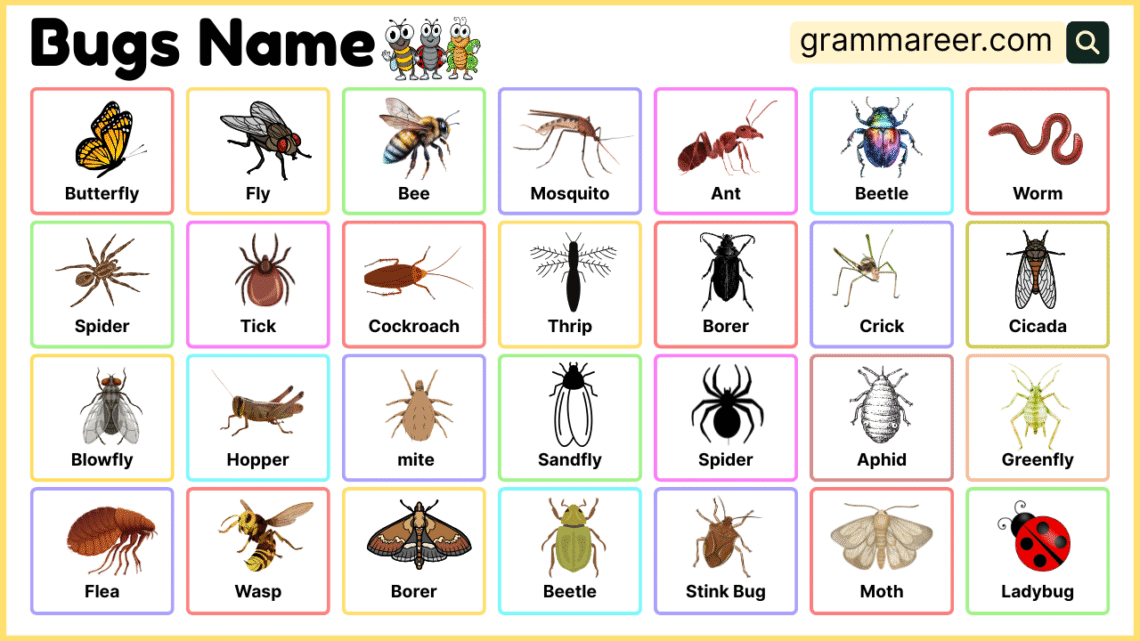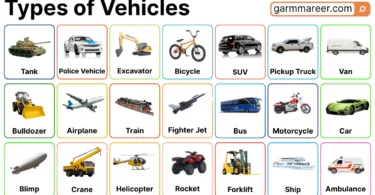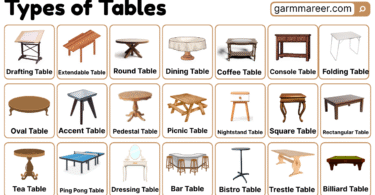Some insects are named for their colors, movements, or body shapes, giving each species a distinct identity. Beetles, butterflies, ants, and grasshoppers are just a few that reflect these traits in their names. These origins often connect to behavior or habitat, making the terms more than just labels for creatures. In this post, you will learn bugs names with their pictures and use them in nature talks, gardening, and biology studies.
Table of Contents
Common Bugs Names and Their Pictures
Below is a list of common bugs names with short descriptions. These are the species people most often notice in daily life.
- Butterfly: Colorful winged insects that feed on flower nectar.

- Fly: Winged insects often found near food, waste, or animals.

- Bee: Insects that collect nectar and pollinate flowers.
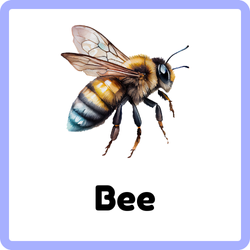
- Mosquito: Small flying insects that bite and feed on blood.
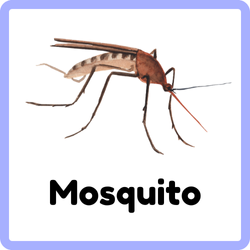
- Ant: Social insects that live in colonies and gather food.
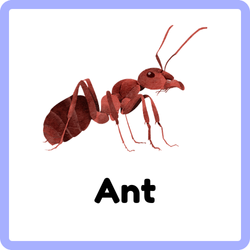
- Beetle: Insects with hard wing covers and varied diets.
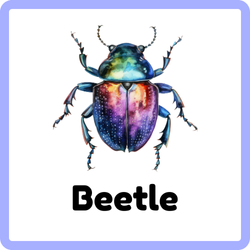
- Caterpillar: Larval stage of butterflies and moths that eat leaves.
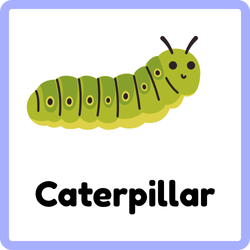
- Worm: Soft-bodied, legless animals often found in soil.
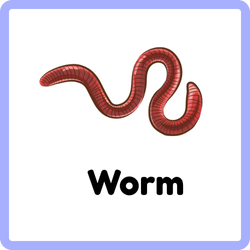
- Wasp: Stinging insects that can be solitary or live in nests.
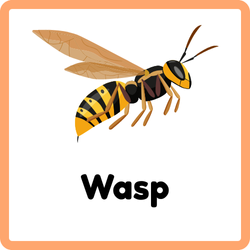
- Flea: Tiny jumping insects that feed on the blood of animals.
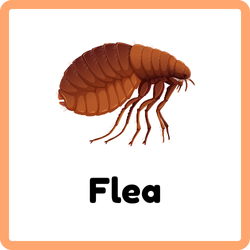
- Tick: Small arachnids that attach to skin and feed on blood.
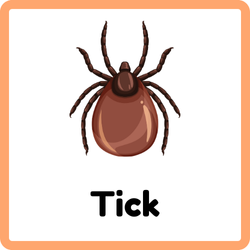
- Bedbug: Flat, small insects that feed on blood at night.

- Spider: Arachnids that spin webs to trap prey.
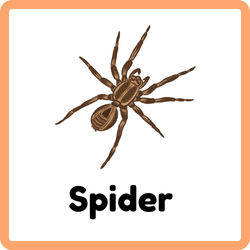
- Mite: Tiny arachnids that can live on plants, animals, or dust.
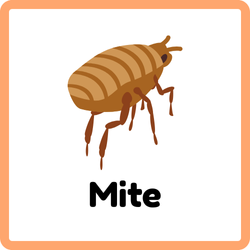
- Aphid: Small sap-sucking insects that damage plants.

- Slug: Soft-bodied mollusks that feed on leaves and plants.
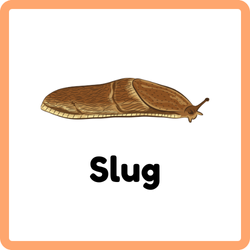
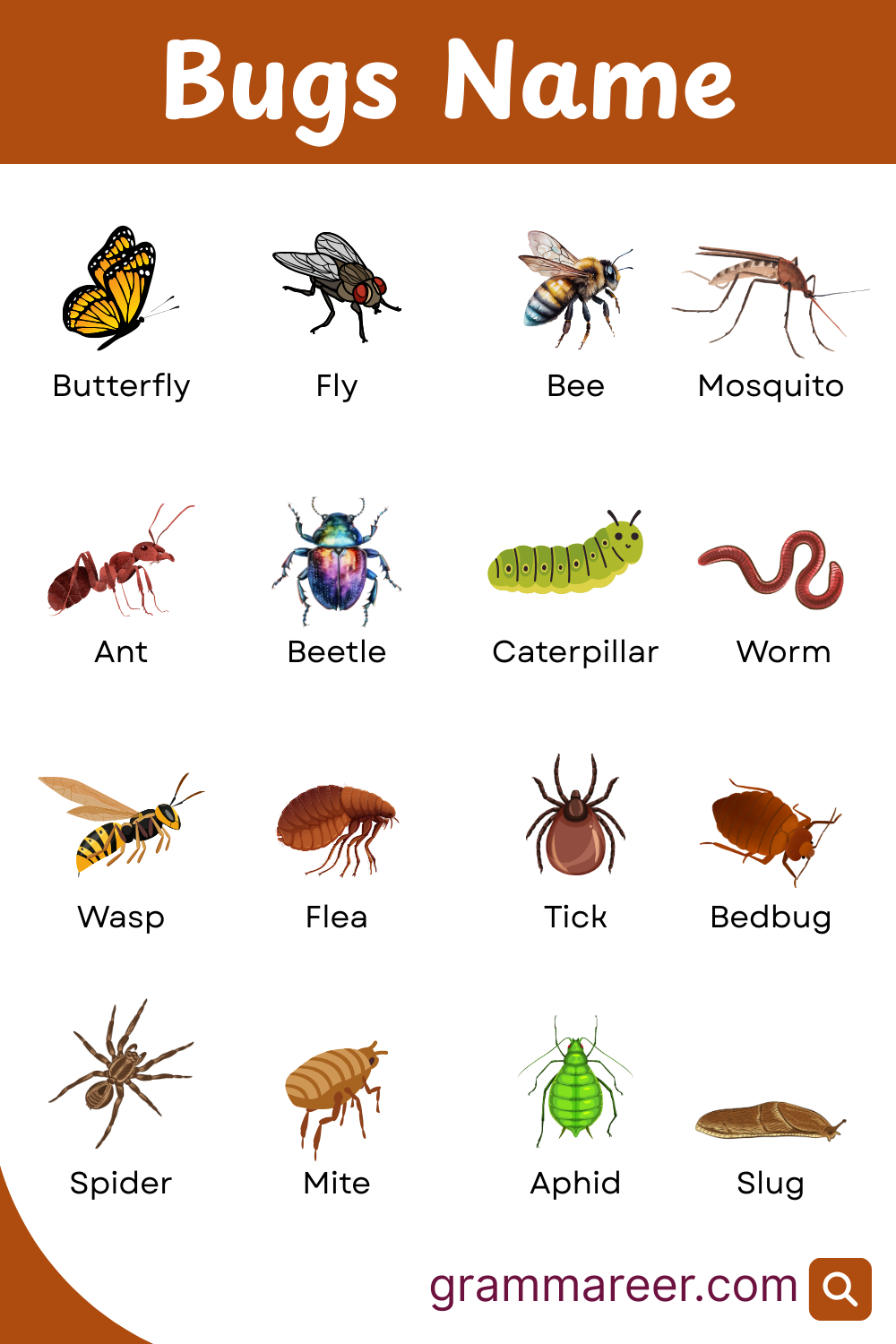
Names of Bugs Found at Home
These bugs are commonly seen indoors, often near food, light sources, or warm areas.
- Ant: Small insects that live in colonies and search for food indoors.
- Cockroach: Brown or black insects often found in kitchens and bathrooms.
- Housefly: Common flying insects attracted to food and waste.
- Mosquito: Small flying insects that bite and feed on blood.
- Fruit fly: Tiny flies attracted to ripe or rotting fruits.
- Bed bug: Small insects that feed on blood while people sleep.
- Silverfish: Wingless insects with silvery scales found in damp areas.
- Termite: Wood-eating insects that can damage furniture and structures.
- Flea: Small jumping insects that feed on the blood of pets.
- Carpet beetle: Small beetles that damage fabrics, carpets, and clothes.
- Spider (house species): Arachnids that spin webs to catch other insects.
- Drain fly: Small moth-like flies that breed in damp drains.
- Booklouse: Tiny insects that feed on mold and book bindings.
- Pantry moth: Moths that infest stored grains and dry foods.
- Moth fly: Small fuzzy flies often found near bathroom drains.
Common Garden Bugs Names
These insects are frequently found among plants, flowers, and soil in gardens.
- Ladybug: Small beetles that eat aphids and protect garden plants.
- Aphid: Tiny sap-sucking insects that damage plant leaves and stems.
- Grasshopper: Insects with strong legs that jump and feed on leaves.
- Caterpillar: The larval stage of butterflies and moths that eat leaves.
- Earwig: Insects with pincers on their tail, often hiding in soil.
- Rove beetle: Long-bodied beetles that prey on other garden pests.
- Lacewing: Delicate green insects whose larvae eat aphids and mites.
- Shield bug: Flat, shield-shaped insects that suck plant sap.
- Ground beetle: Fast-moving beetles that hunt caterpillars and slugs.
- Weevil: Small beetles with long snouts that damage seeds and plants.
- Thrips: Tiny insects that feed on plant sap and cause leaf damage.
- Leafhopper: Small jumping insects that suck sap from leaves.
- Cutworm: Caterpillars that cut down seedlings at soil level.
- Cabbage white butterfly: White butterflies whose larvae eat cabbage leaves.
- Potato beetle: Striped beetles that feed on potato plant leaves.
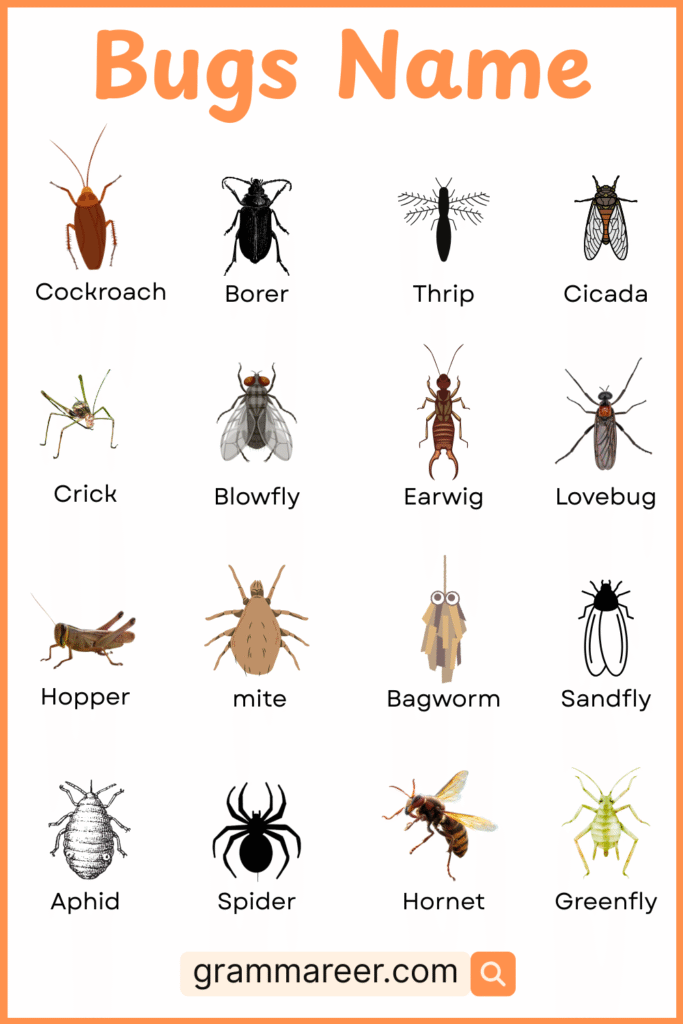
Bugs Seen in Parks and Fields
These bugs prefer open, grassy, or wooded areas and are often spotted in parks.
- Cricket: Jumping insects known for their chirping sounds in grassy areas.
- Dragonfly: Fast-flying insects with large eyes and long, slender bodies.
- Damselfly: Delicate, slender insects similar to dragonflies but smaller.
- Firefly: Beetles that produce light to attract mates at night.
- Stick insect: Insects that resemble twigs for camouflage against predators.
- Mayfly: Fragile insects with short lifespans, often found near water.
- Cicada: Loud insects known for their buzzing calls during summer.
- Water strider: Insects that can walk on the surface of water.
- Praying mantis: Predatory insects with folded forelegs for catching prey.
- Harvestman: Arachnids with long, thin legs, also called daddy longlegs.
- Longhorn beetle: Beetles with long antennae found on trees and flowers.
- Bark beetle: Small beetles that tunnel into tree bark.
- Meadow spittlebug: Insects that create frothy spittle on plant stems.
- Soldier beetle: Brightly colored beetles often seen on flowers.
- Sawfly: Insects related to wasps whose larvae feed on leaves.
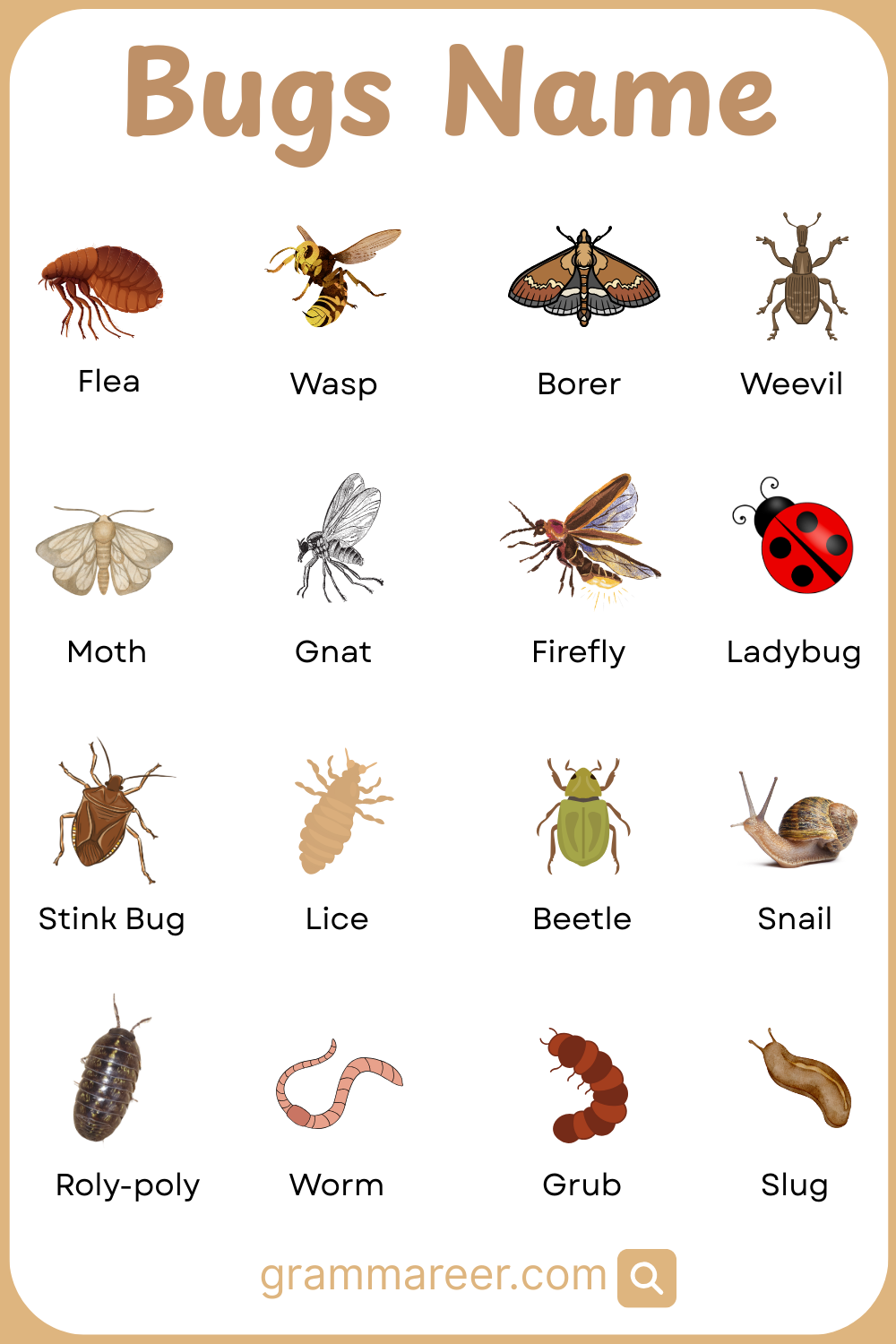
Types of Bugs by Habitat
Bugs live in many different environments. Their body features and habits are adapted to their surroundings.
Water-Dwelling Bugs
These bugs live on or near water bodies like ponds, lakes, or streams.
- Water boatman
- Backswimmer
- Pond skater
- Giant water bug
- Whirligig beetle
- Mosquito larva
- Water scorpion
- Diving beetle
- Water measurer
- Marsh beetle
Forest and Woodland Bugs
These insects thrive in shaded, damp areas with lots of plants and fallen leaves.
- Stag beetle
- Woodlouse
- Bark louse
- Treehopper
- Leaf beetle
- Forest ant
- Click beetle
- Fungus gnat
- Wood borer beetle
- Forest cockroach
Desert Bugs Names
Desert insects are adapted to survive in extreme heat and dry conditions.
- Desert locust
- Sand wasp
- Desert beetle
- Solifuge
- Sand cockroach
- Velvet ant (actually a wasp)
- Jericho cricket
- Darkling beetle
- Desert termite
- Sun spider
Types of Bugs by Activity
Some bugs are known by how they move or interact with their surroundings.
Flying Bugs
These bugs can fly to move quickly between places.
- Butterfly
- Moth
- Horsefly
- Hoverfly
- Crane fly
- Botfly
- Deer fly
- Wasp
- Bee
- Lacewing
Crawling Bugs
These bugs usually move by walking or crawling instead of flying.
- Centipede
- Millipede
- Woodlouse
- Ant
- Earwig
- Ground beetle
- Termite
- Cockroach
- Silverfish
- Beetle grub
Biting and Stinging Bugs
These bugs bite or sting as defense or to feed.
- Mosquito
- Fire ant
- Wasp
- Hornet
- Bed bug
- Flea
- Horsefly
- Assassin bug
- Tsetse fly
- Blackfly
Seasonal Bugs Names
Some bugs are more common in certain times of the year.
Bugs Found in Summer
These bugs are active in warm weather and longer daylight.
- Cicada
- Mosquito
- Butterfly
- Grasshopper
- Dragonfly
- Firefly
- June beetle
- Hoverfly
- Green lacewing
- Horsefly
Bugs Common in Winter
Fewer bugs are active in winter, but some survive cold months indoors or underground.
- Snow flea
- Winter moth
- Cluster fly
- Boxelder bug
- Ground beetle
- Firebrat
- Camel cricket
- Silverfish
- Overwintering ladybug
- Woodlouse
Rare and Unique Bugs
These bugs stand out due to size, colors, or unusual shapes.
Unusual Colorful Bugs
These insects have bright, striking, or unusual colors.
- Jewel beetle
- Orchid mantis
- Rosy maple moth
- Rainbow shield bug
- Blue milkweed beetle
- Golden tortoise beetle
- Red velvet mite
- Peacock spider
- Green darner dragonfly
- Pink grasshopper
Large and Tiny Bugs
These include both very large and very small species.
- Goliath beetle
- Hercules beetle
- Atlas moth
- Titan beetle
- Giant water bug
- Fairyfly (tiny wasp)
- Pygmy grasshopper
- Featherwing beetle
- Smallest weevil
- Giant stick insect
Bugs Names and what they Eat
Different bugs have different diets based on their habitat and species.
| Bug Name | Primary Food Sources |
|---|---|
| Ant | Sugar, seeds, small insects |
| Ladybug | Aphids, mites, small insects |
| Mosquito | Nectar (males), blood (females) |
| Butterfly | Nectar, rotting fruit |
| Cockroach | Food scraps, paper, organic waste |
| Termite | Wood, paper |
| Grasshopper | Leaves, stems, grasses |
| Praying Mantis | Live insects |
| Wasp | Nectar, other insects |
| Beetle | Plant matter, seeds, fungi |
| Dragonfly | Mosquitoes, flies, midges |
| Firefly | Snails, worms, insect larvae |
| Cricket | Grass, leaves, plant stems |
| Moth | Nectar, wool, grains (species-dependent) |
| Stink Bug | Plant sap, fruits, seeds |
| Cicada | Plant sap, tree fluids |
| Water Strider | Insects on water surface |
| Earwig | Decaying plants, soft fruits, small insects |
| Aphid | Plant sap |
| Weevil | Grains, seeds, plant roots |
FAQs about Bugs
No, some like spiders or woodlice are not true insects.
Mosquitoes spread diseases, making them one of the most harmful.
Some tiny species like tardigrades can survive extreme conditions, including space.
Food, moisture, and warmth attract bugs indoors.
No, many bugs like ants, silverfish, and bed bugs don’t have wings.
You May Also Like

